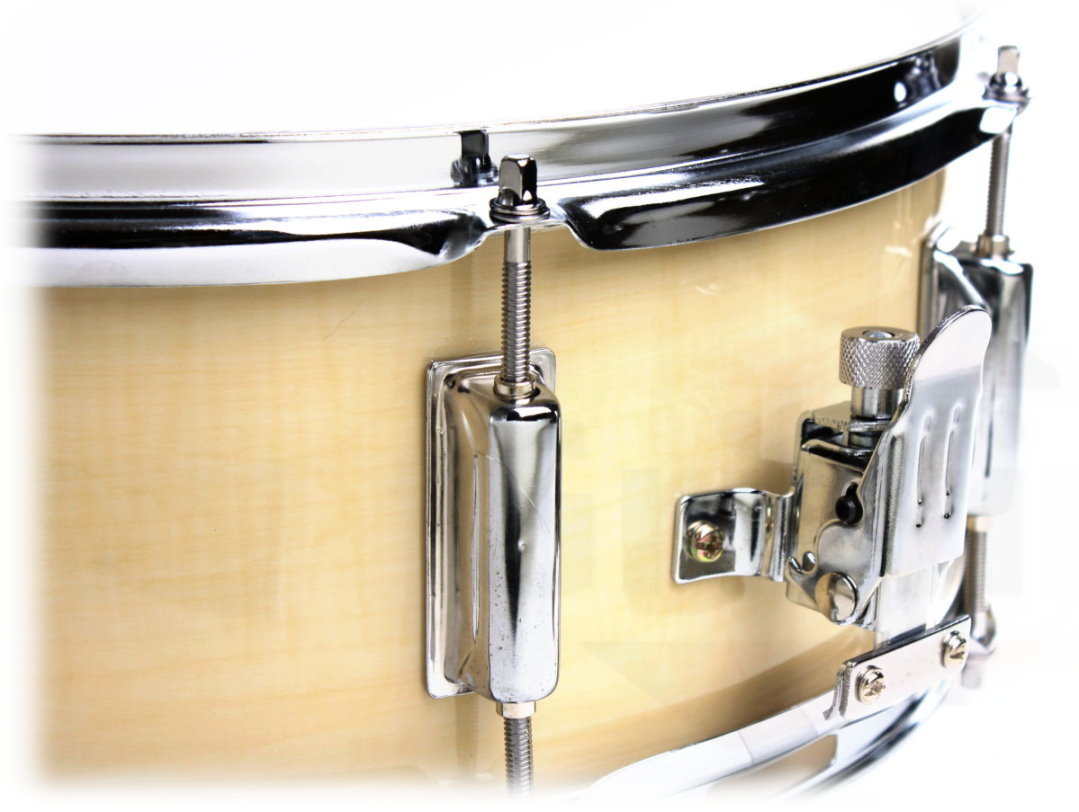Snare drum: Barbados musical instrument
The snare drum which can also be called side drum is a widely used un-pitched percussion musical instrument that is mostly used in the orc...
http://worldhitz4u.blogspot.com/2013/12/snare-drum-barbados-musical-instrument.html?m=0
The snare drum which can
also be called side drum is a widely used un-pitched percussion musical
instrument that is mostly used in the orchestras, marching bands and concert
band together with drum corps and many other places. The snare drum is the
center of the drum kit and it is more prominently used in the marching band and
stage bands and the drum the students of the orchestra land many other places
around the world learn to play first. The snare drum is two-headed with rattles
of gut, having metal wire or synthetics passed across one or both sides of the
drum head.

source of picture: www.ebay.com
There are different types
of the snare drum that are in existence today, like the piccolo snare drum that
have a smaller depth and popcorn snares that are smaller in diameter but have a
higher pitch, there is rope-tuned snare
and the Brazilian tarol which usually has snares on the top of the upper
drumhead. This musical instrument has been used in most military and parading
context to produce rhythms. And today the snare drum is used to play a backbeat
pattern in the popular music especially with the rock drum kits.
The musical instrument can
be played by striking the drum with a drum-stick or any other form of beater
such as brushes and rutes that produce a softer sounding timbre from the wires.
When a performer is playing the drum with a stick, he can strike it both sides
of the drum, the rim or even the shell to produce the sound he wants. When you
strike the top head of the drum, the snares vibrate against the bottom of head
which can also be called resonate head and give out a cracking sound. If the
player wants the drum to produce the tom-tom sound, all he needs to do is to
remove the snares with a lever on the strainer. The rim shot is a method that
is associated to the snare drum, here the rim and the head is beaten at the
same time with one stick by one player. This can be found in the contemporary
pop and rock music where the snare drum is used as a part of a drum set. In
jazz music, notes can be played as rim clicks where the sticks back end is
positioned on the edge of the top head and forced downward on the rim to
opposite side to make it less harsh. The snares is crucial component to the
drum roll as they assist in blending together of distinct strokes that are seen
as a single sustained sound. This drum can also help a beginner in getting used
to the drum set without playing the complete set of the drum.
The snare drum could be produced from so many
types of woods, metals, or acrylic materials. A specific diameter for the snare
drum is about 14 inches although the marching snare bands are deeper in size
than the ordinary snare drums that are used in the orchestral or drum kit
purposes. The orchestral and drum set snare drum shells are about 6 inches deep
while piccolo snare drums are more shallow with about 3 inches deep. Most snare drums are carved in plies
that are heat-moulded and compression-moulded into a cylinder. Steam-bent
shells consist of one ply of wood that is slowly rounded into a cylinder and
gummed at one seam. Reinforcement hoops are generally needed on the inside
surface of the drum to make it perfectly round. Segment shells are made of
multiple heaps of segmented wood rings; the segments are gummed together and
rounded out by a lathe. Stave shell are similarly carved of vertically gummed
pieces of wood into a cylinder that is rounded out by a turning tool called
lathe. Solid shells are carved of one solid piece of hollowed wood. The head or
skin of the instrument is made of batter head that forms the playing surface on
the top of the drum and a resonant head at the bottom head. Most of the used
modern drums are plastic skin of about 10mils thickness.
The snare drum is assumed
to have descended from an old fashioned drum that is called ‘tabor.’ This was
the drum that has a single gut snare passed across the bottom of it. It is a
bit larger than the medium tom that was used in war that was often played with
a pipe; the player plays the pipe and drum. The tabor was not all double headed
and not all of them were made with snares. The size of the drum was increased
by the 15th century and had a cylindrical shape. The drum became popular with the Swiss
soldiers that were paid to fight, who used the pipe and the drum around the 15th
to 16th century due to influence from the ottoman Turk’s use of the
drums in their armies. Further development came upon the drum in the 17th
century as the drum was made deeper and carried along the side also with the
use of screw to hold the snares down giving it a sharper sound. During the 18th
century, the drum went through series of changes that improved the timbre of
the instrument and in the 20th century, the drum was built with a metal
snares and today the drum is used in the pop music and orchestral music
The development of drum
skills seems to have graduated with the snare drum. The Swiss pipe and drum
groups are sometimes credited with the invention of the snare drum.
